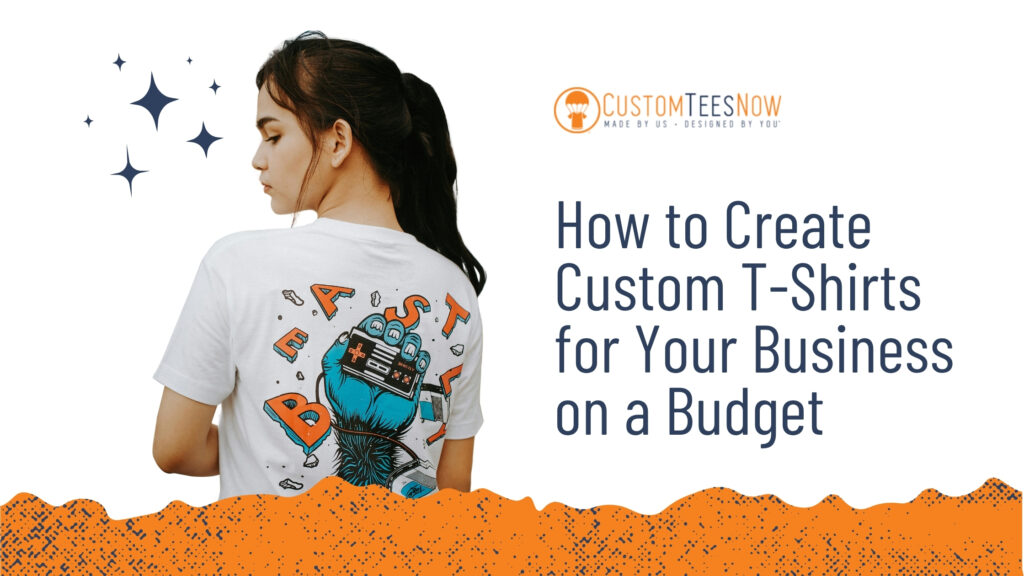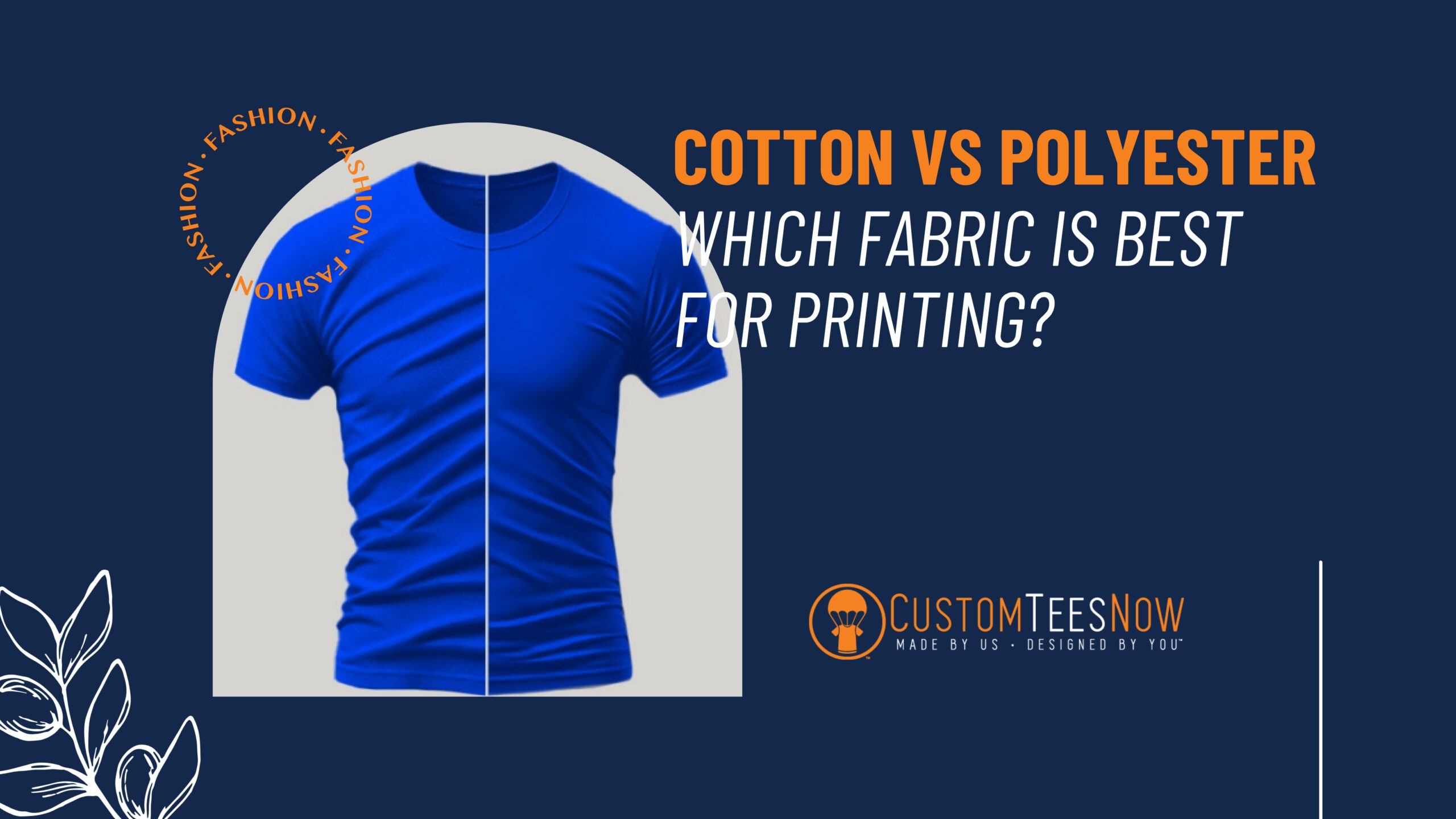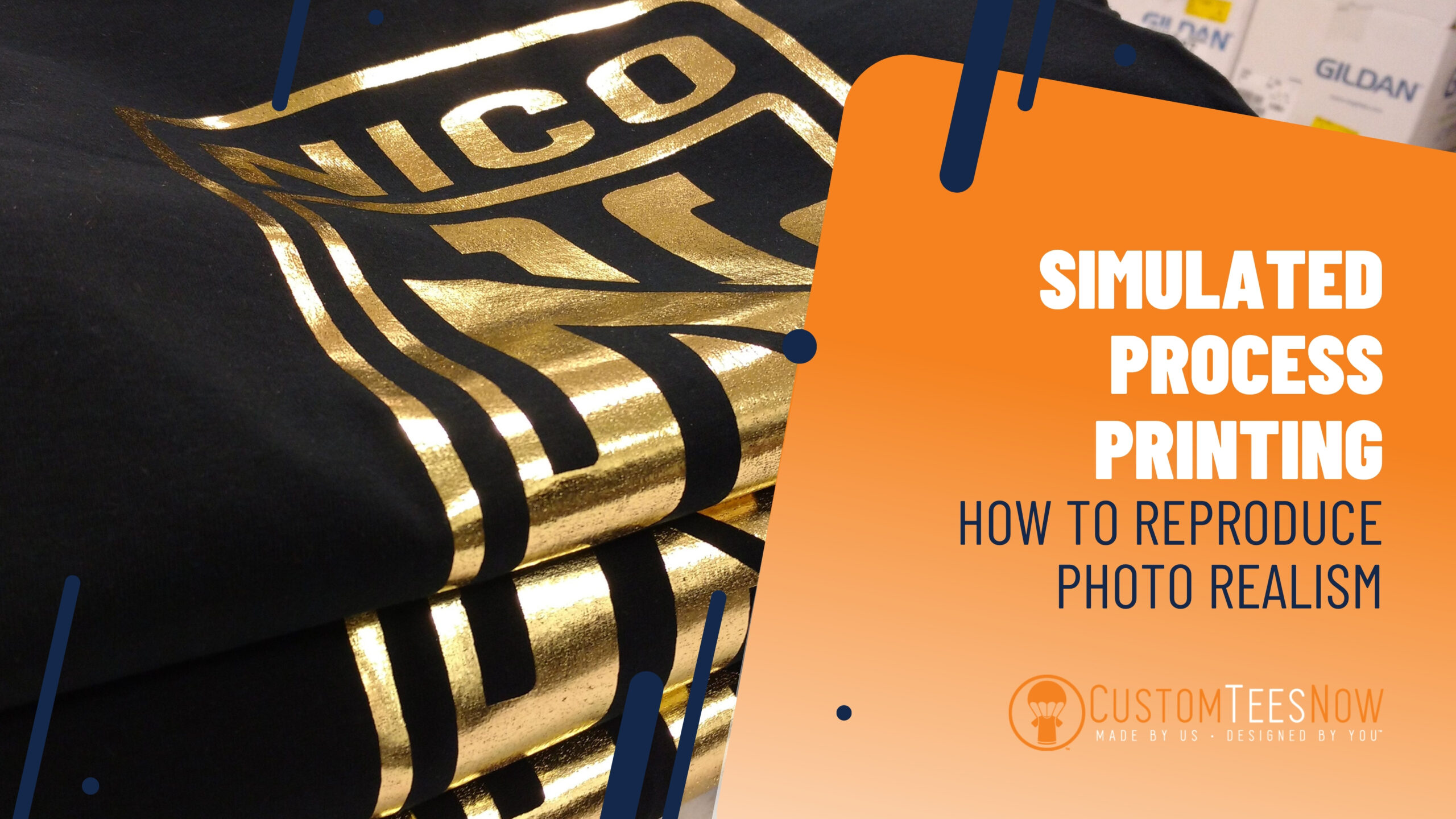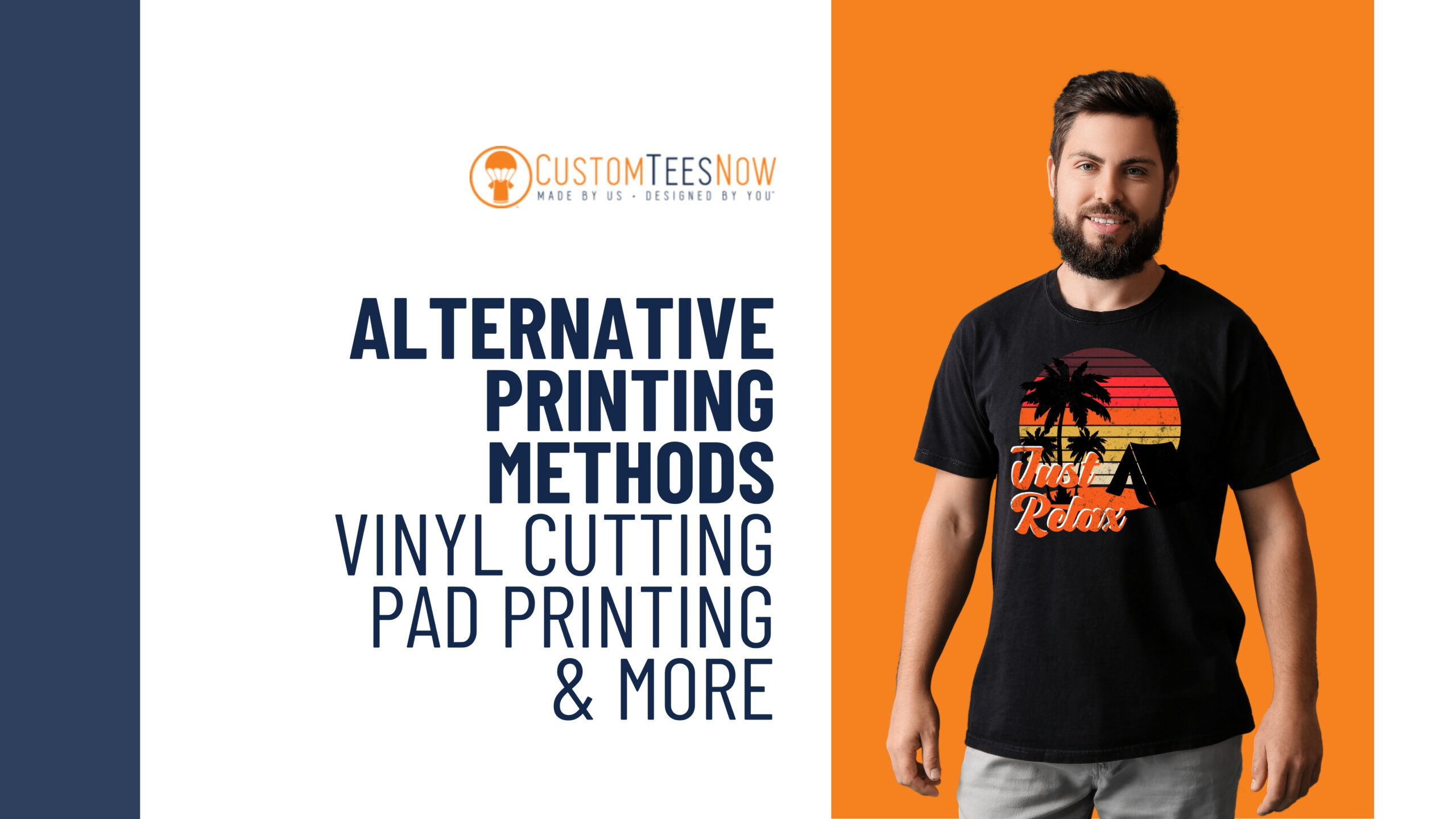
- July 1, 2025
How to Create Custom T-Shirts for Your Business on a Budget

Custom t-shirts are a powerful tool for businesses, offering a unique way to showcase your brand, engage customers, and build team spirit. Whether you’re a startup looking to make a splash or an established company seeking to refresh your marketing strategy, custom t-shirts can have a significant impact. The challenge, however, lies in creating high-quality t-shirts without exceeding your budget. Fortunately, with strategic planning and informed decisions, you can produce professional-grade custom t-shirts at an affordable cost. This comprehensive guide will walk you through the essential steps to create budget-friendly custom t-shirts for your business, covering everything from understanding your needs to leveraging discounts and exploring DIY options.
1. Understanding Your Needs
Before diving into the design and production process, it’s essential to clarify the purpose of your custom t-shirts. This decision will influence your choices regarding quantity, design, and materials, all of which impact costs.
- Promotional T-shirts: These are often used as giveaways at events, trade shows, or marketing campaigns to boost brand visibility. Since promotional t-shirts are typically distributed in large quantities, it is essential to prioritize cost-effective printing methods and bulk ordering to minimize expenses.
- Employee Uniforms: Staff T-shirts need to be durable and comfortable for regular wear. While quality is essential, you can still find affordable options by choosing cost-effective materials and printing techniques.
- Event T-Shirts: For events such as conferences, fundraisers, or team-building activities, t-shirts often feature designs that reflect the occasion. The quantity will depend on the number of participants, and you may need to balance design complexity with budget constraints.
Once you’ve defined the purpose, estimate the quantity needed. Ordering in bulk can significantly lower the cost per shirt, often bringing prices down to $5-$10 per shirt for orders of 50 or more, compared to $20-$30 for smaller quantities. Planning allows you to take advantage of these savings.
2. Choosing the Right Printing Method
The printing method you select is one of the most significant factors affecting both the quality and cost of your custom t-shirts. Each method has its strengths and is suited to different order sizes and design complexities. Below is an overview of the most common printing methods, along with their pros and cons.
Screen Printing
Screen printing involves creating a stencil (or screen) for each colour in your design and applying ink through the screen onto the t-shirt. It’s a traditional method known for producing vibrant, durable prints.
- Pros:
- Highly cost-effective for large orders (50+ shirts) due to low per-unit costs.
- Produces durable, long-lasting prints that withstand multiple washes.
- It offers vibrant colours suitable for bold designs.
- Cons:
- High setup costs make it less economical for small orders.
- Each colour colour requires a separate screen, which increases costs for multi-colour multi-colour designs.
- Best For: Large orders with simple designs (1-2 colours).
Direct-to-Garment (DTG) Printing
DTG printing utilizes a specialized printer to apply water-based inks directly onto the t-shirt, much like printing on paper. It’s ideal for detailed or multi-colour designs.
- Pros:
- No setup costs, making it cost-effective for small orders (1-20 shirts).
- Can handle complex, full-color designs with high resolution.
- Quick turnaround time, ideal for tight deadlines.
- Cons:
- Higher per-unit cost compared to screen printing for large orders.
- Prints may be less durable than screen-printed designs.
- Best For: Small to medium orders with intricate or multi-colour designs.
Direct-to-Film (DTF) Printing
DTF printing involves printing a design onto a film, which is then transferred to the t-shirt using heat transfer technology. It’s a newer method gaining popularity for its versatility.
- Pros:
- Suitable for small to medium orders and various fabric types.
- Produces durable prints with vibrant colours.
- No setup costs, similar to DTG.
- Cons:
- Prints can feel slightly plasticky, which may affect comfort.
- It is not as cost-effective for huge orders compared to screen printing.
- Best for: Medium orders with full-colour designs on a variety of fabrics.
Sublimation Printing
Sublimation printing utilizes heat to transfer dye into the fabric, resulting in vibrant, all-over prints. It’s best suited for polyester or poly-blend t-shirts.
-
- Pros:
- Ideal for full-coverage, seam-to-seam designs.
- Produces vibrant, fade-resistant colours with a soft feel.
- There is no additional cost for multi-colour designs.
- Cons:
- Limited to polyester or poly-blend fabrics, which may not suit all needs.
- Higher cost compared to screen printing or DTG for most orders.
- Best For: All-over designs on polyester t-shirts.
- Pros:
Table: Printing Method Comparison
|
Printing Method |
Best For |
Pros |
Cons |
|---|---|---|---|
|
Screen Printing |
Large orders, simple designs |
Cost-effective for bulk, durable, vibrant colors |
High setup costs, not for small orders |
|
DTG Printing |
Small to medium orders, detailed designs |
No setup costs, quick, full-color prints |
Higher per-unit cost, less durable |
|
DTF Printing |
Medium orders, full-color designs |
Works on various fabrics, durable |
Prints may feel plasticky, not for large orders |
|
Sublimation Printing |
All-over prints on polyester |
Vibrant, soft, fade-resistant |
Limited to polyester, higher cost |
For businesses on a budget, screen printing is often the most cost-effective choice for orders of 50 or more shirts, with costs as low as $5-$7 per shirt for 100+ units. For smaller orders or complex designs, DTG or DTF printing may be more practical, though per-shirt costs can range from $10-$20.
3. Design Tips for Cost-Effectiveness
Creating a cost-effective design is crucial for staying within budget. Here are some practical tips to minimize design-related expenses:
- Use Fewer Colours: In screen printing, each colour requires a separate screen, which increases the setup cost. Limiting your design to one or two colours can significantly reduce expenses.
- Simplify Your Design: Complex designs with intricate details or gradients may require more expensive printing methods, such as DTG or DTF. Opt for clean, bold designs to keep costs low.
- Leverage Online Design Tools: Custom Tees Now offers a free online design lab that allows you to create professional designs without hiring a graphic designer. These tools include templates and clipart to streamline the process.
- Choose Standard Print Locations: Printing on the front or back of the t-shirt is typically cheaper than printing on sleeves, pockets, or other areas. Stick to one or two print locations to save money.
- Avoid Personalizations: Adding individual names, numbers, or custom elements can increase production time and cost. To keep things affordable, use a uniform design for all shirts.
- Use White T-shirts: White T-shirts are often less expensive than coloured ones because they don’t require dyeing. Incorporating your design’s background colour into the t-shirt colour can also reduce ink costs.
By following these tips, you can create visually appealing designs that align with your budget constraints.
4. Selecting Affordable Materials
The choice of t-shirt material plays a significant role in both cost and quality. Here’s a breakdown of common t-shirt materials and their cost implications:
- 100% Cotton: Known for its breathability and comfort, cotton is a popular choice for custom t-shirts. It’s affordable, with prices starting at $7-$10 per shirt for standard cotton tees. However, cotton can shrink or wrinkle if not correctly cared for.
- Cotton-Polyester Blends: These blends combine the comfort of cotton with the durability and wrinkle resistance of polyester. They’re often slightly cheaper than 100% cotton, with prices ranging from $6 to $9 per shirt, and are less prone to shrinking.
- Tri-Blends (Cotton, Polyester, Rayon): Tri-blends are softer and more comfortable, but they typically cost more, ranging from $9 to $13 per shirt. They’re ideal for premium t-shirts but may not be the best choice for tight budgets.
- Polyester: Polyester t-shirts are durable and moisture-wicking, making them suitable for athletic or outdoor use. They can be cheaper than cotton, starting at $5-$8 per shirt, but may feel less comfortable for everyday wear.
Additional Considerations
- Weight: Lighter t-shirts (e.g., 4.5 oz) are generally cheaper than heavier ones (e.g., 6 oz). However, heavier t-shirts offer better durability, which may be worth the slight cost increase for uniforms.
- ColourColour: White T-shirts are typically the most affordable option, as they require no additional dyeing. Coloured-Coloured T-shirts may cost $1 to $2 more per shirt.
- Size: Larger sizes (2XL and above) often cost 25%-50% more due to additional material and production costs. Plan your size distribution to avoid unnecessary expenses.
For most businesses, 100% cotton or cotton-polyester blends offer the best balance of cost and quality. For example, a standard cotton t-shirt can be printed for as low as $6 to $8 per shirt in bulk orders, making it an excellent choice for promotional or event t-shirts.
5. Finding the Best Deals and Discounts
Maximizing your budget involves seeking out deals and taking advantage of discounts. Here are some strategies to get the most value:
- Order in Bulk: The more t-shirts you order, the lower the per-unit cost. For example, ordering 100 shirts can reduce costs to $5-$7 per shirt, compared to $20-$30 for small orders of 1-10 shirts.
- Look for Promotions: Many custom t-shirt companies, including Custom Tees Now, offer seasonal discounts or promo codes. Check for deals around holidays, back-to-school seasons, or significant events.
- Compare Prices: Use the price calculator available on every product page at Custom Tees Now to get instant quotes based on quantity, colours, and print locations. Comparing quotes from multiple suppliers can help you find the best deal.
- Negotiate for Large Orders: You may be able to negotiate a lower price with the supplier for orders of 100 shirts or more.
- Take Advantage of Free Shipping: Custom Tees Now offers free shipping on all orders, which can save you a significant amount of money, especially for large orders.
By planning and exploring these options, you can stretch your budget further and get high-quality t-shirts at a lower cost.
6. DIY vs. Professional Services
For businesses with very tight budgets, DIY t-shirt printing might seem appealing. However, it’s essential to weigh the pros and cons against professional services.
DIY T-Shirt Printing
DIY methods include heat transfer printing, home screen printing, or vinyl cutting.
- Pros:
- Potentially lower cost for minimal orders (1-5 shirts).
- Complete control over the design and printing process.
- It can be a fun learning experience for small businesses or startups.
- Cons:
- It requires a significant amount of time and effort to learn and execute.
- Initial investment in equipment (e.g., heat press, screens, vinyl cutter) can be costly.
- Quality may not match professional standards, potentially affecting brand perception.
- It is not practical for large orders due to time and labour constraints.
Professional Services
Professional printing services, like those offered by Custom Tees Now, handle the entire process from design to delivery.
- Pros:
- High-quality, consistent prints that enhance your brand’s image.
- Fast turnaround times, often as quick as 3-8 business days.
- Access to a variety of printing methods and materials.
- Expert support for design and production, saving you time.
- Cons:
- Higher cost for small orders compared to DIY methods.
- Less control over the printing process.
For most businesses, professional services are the better choice, especially for orders of 20 or more shirts. The quality, efficiency, and convenience outweigh the initial cost, particularly when you factor in bulk discounts and free shipping. However, for minimal orders or businesses with in-house design skills, DIY methods like heat transfer printing can be a viable option.
7. Case Studies
To illustrate how businesses can successfully create custom t-shirts on a budget, here are two real-world examples:
The Philosopher’s Shirt
This online t-shirt store specializes in apparel featuring philosophy themes. Despite operating in a competitive market, they achieved success by:
- Prioritising Quality: They selected high-quality cotton t-shirts and DTG printing to ensure vibrant, durable designs, even for small-batch orders.
- Targeted Marketing: They utilized paid advertisements on social media platforms, such as Instagram and TikTok, to reach their core audience of philosophy students and professors.
- Excellent Customer Service: By engaging with customers personally, they built a loyal following and earned a five-star rating on Trustpilot.
- Budget Strategy: They started with small DTG orders to test designs, keeping initial costs low, and scaled up to screen printing as demand grew.
This approach allowed them to maintain quality while staying within budget, proving that strategic choices can lead to success even in niche markets.
Local Restaurant Promotion
A small restaurant in a competitive urban area sought to enhance its brand visibility. To this end, it ordered 100 screen-printed t-shirts featuring its logo and a catchy slogan for staff uniforms and customer giveaways. By choosing screen printing and a simple two-colour design on white cotton t-shirts, the cost was reduced to $6 per shirt. The t-shirts became a hit, boosting brand recognition and customer engagement at local events.
These case studies demonstrate that businesses can achieve significant impact with custom t-shirts by making wise choices about printing methods, quantities, and marketing strategies.
Conclusion
Creating custom t-shirts for your business on a budget is not only possible but also a wise investment in your brand. By understanding your needs, choosing the correct printing method, designing cost-effectively, selecting affordable materials, and seeking out deals, you can produce high-quality t-shirts that resonate with your audience without overspending.
Key takeaways include:
- Plan Ahead: Determine your purpose and order in bulk to save on per-unit costs.
- Simplify Designs: Utilize fewer colours and standard print locations to minimize expenses.
- Choose the Right Method: Opt for screen printing for large orders or DTG for small, detailed designs.
- Leverage Tools and Discounts: Utilise Custom Tees Now’s online design lab and look for promotions to maximize your value.
At Custom Tees Now, we make it easy to create budget-friendly custom t-shirts with our user-friendly design tools, free shipping, and a 100% satisfaction guarantee. Whether you’re promoting your brand, outfitting your team, or celebrating an event, we’re here to help you every step of the way. Start designing your custom t-shirts today and see how they can elevate your business!



